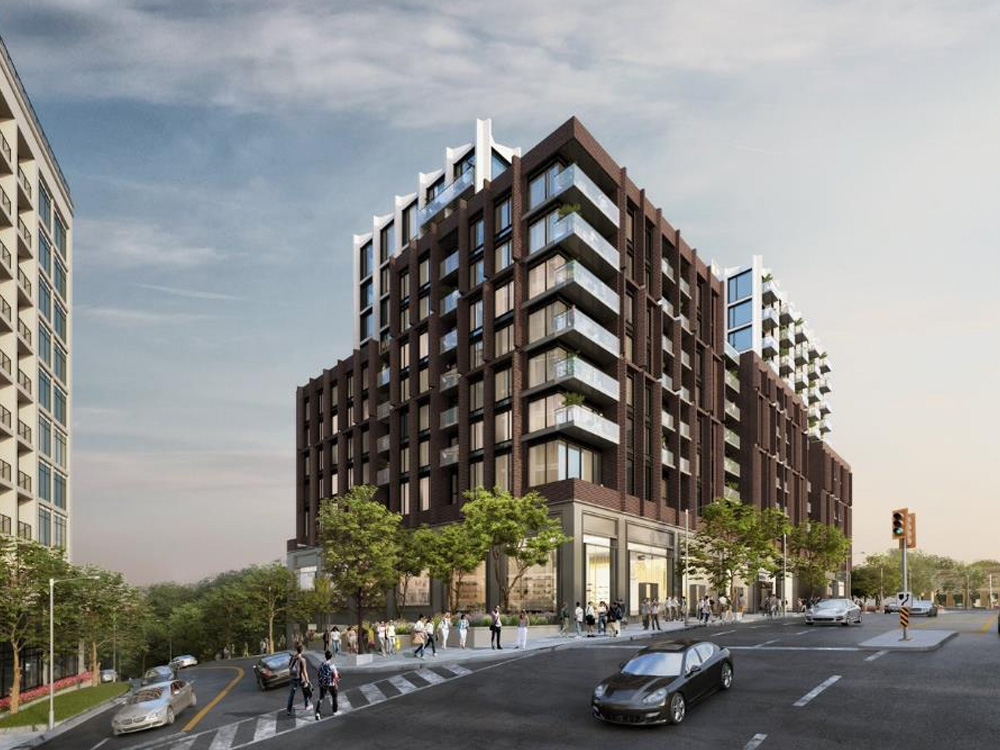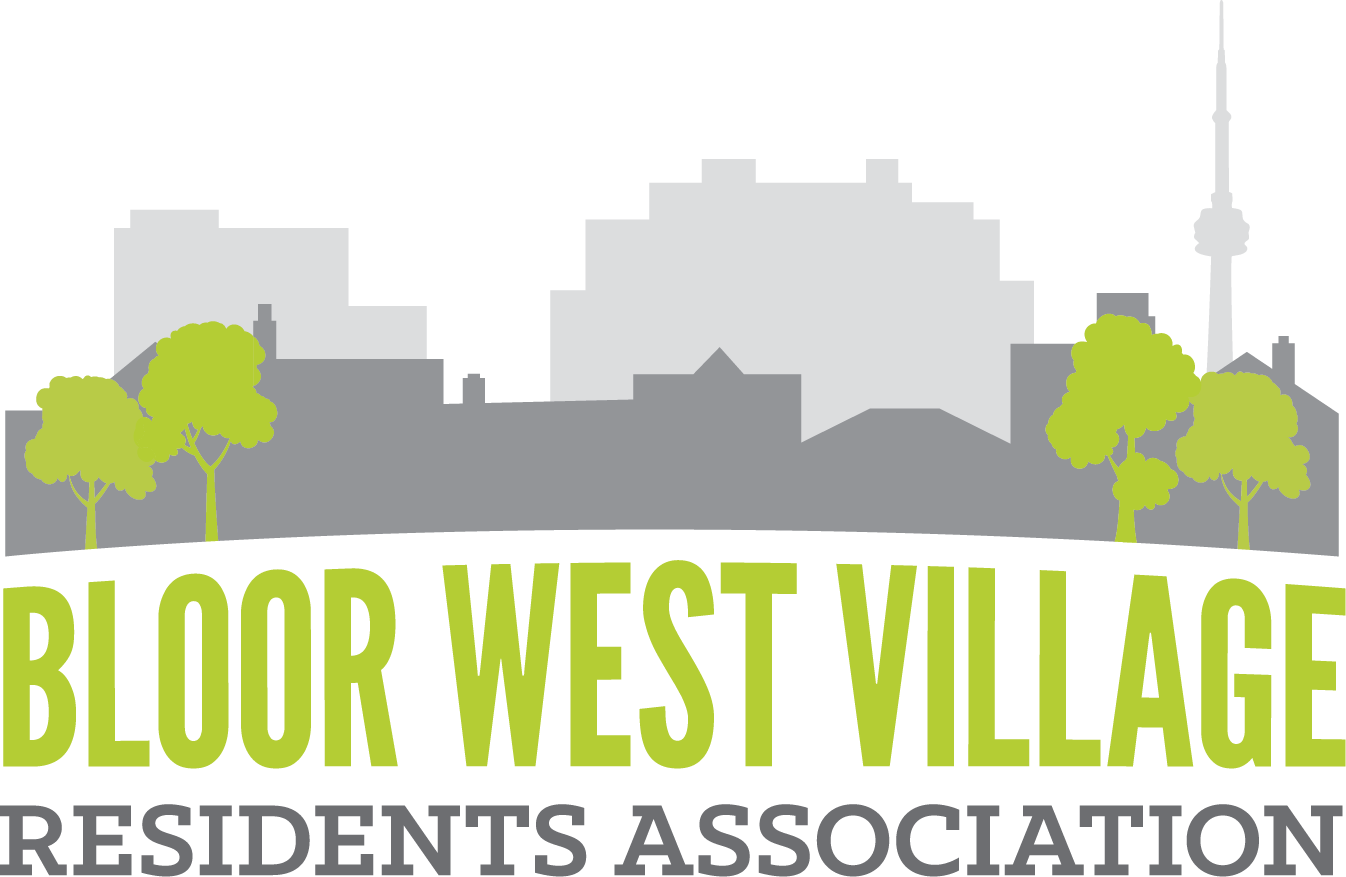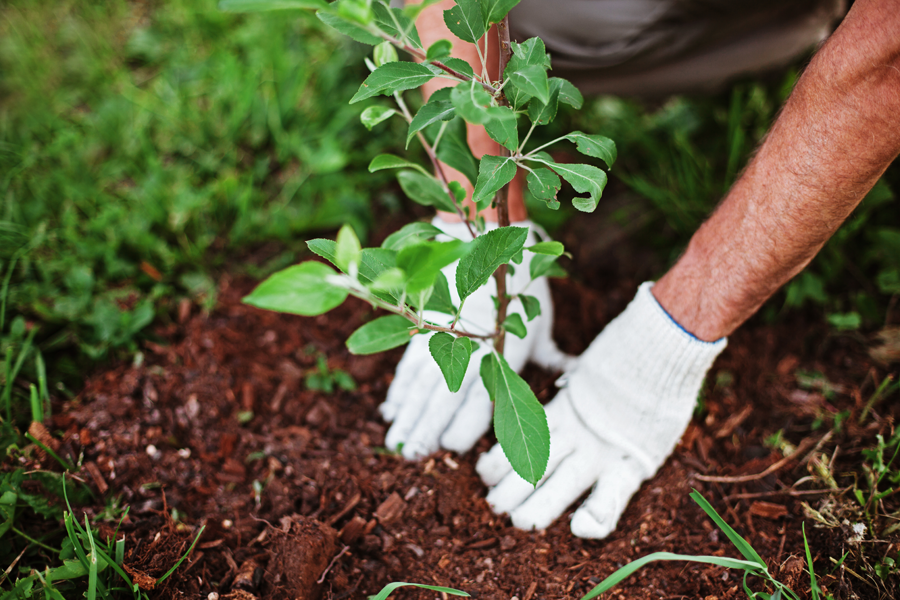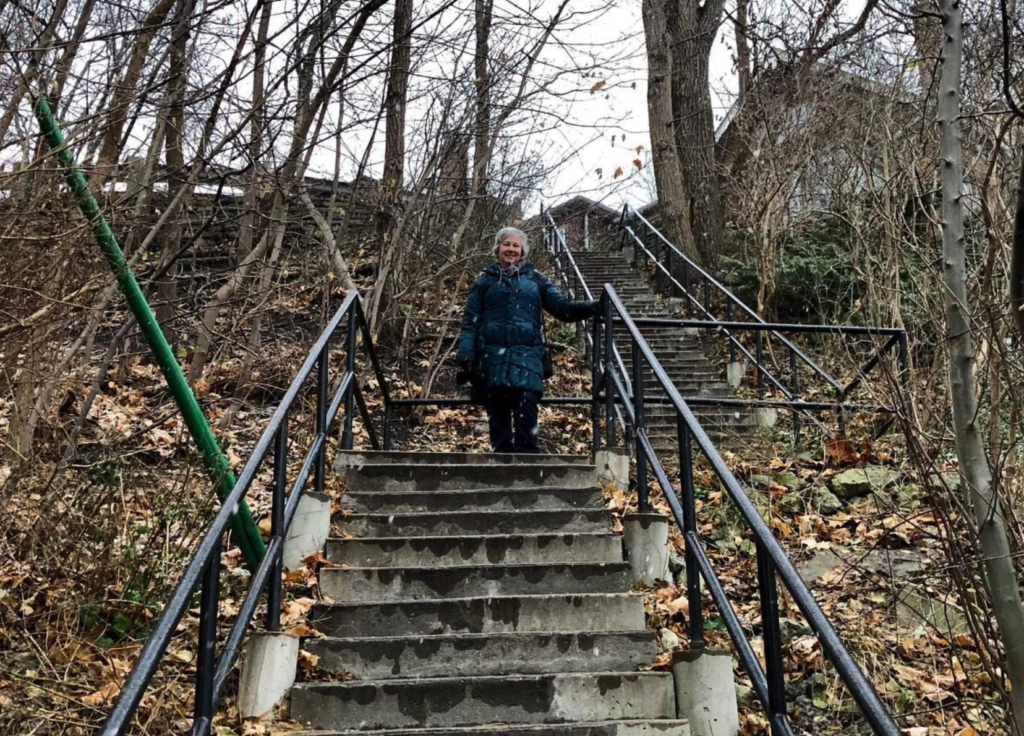Last week, the Toronto Foundation and Environics released the Toronto Social Capital Study, a benchmarking report assessing the city’s social capital levels. The study employs social capital concepts (such as social trust and civic connections) to provide a useful lens on the quality of personal and community life in Toronto. The study is a worthwhile read for anyone interested in understanding how social capital varies across the population in terms of socio-demographic and geographical strata.
As outlined in the study “Social capital†is the term used to describe the vibrancy of social networks and the extent to which there is trust and reciprocity within a community and among individuals. It is the essential “lubricant†that makes it possible for societies to function, and for people to get along peacefully even when they have little in common. There is ample empirical evidence showing that high levels of such reciprocity, trust and connection are not simply “feel good†notions, but key ingredients to making communities productive, healthy and safe. “
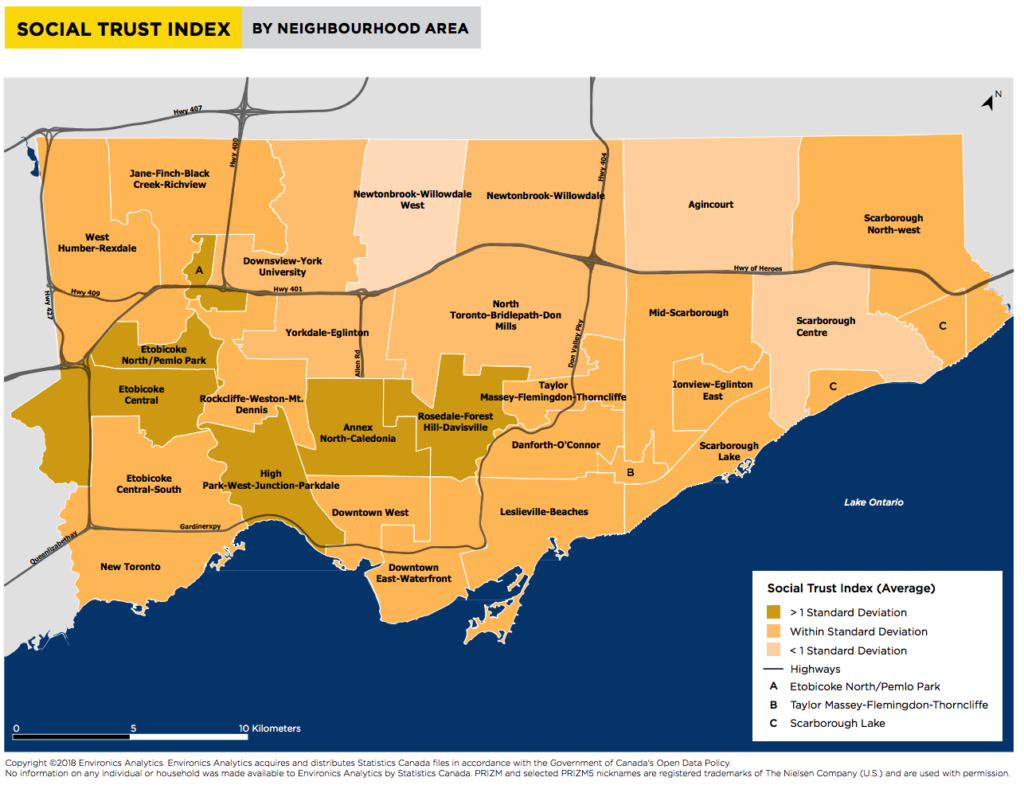
The Social Capital Study surveyed just over 3,200 residents and measured responses on four dimensions:Â
- Social Trust, the sense of trust Torontonians have in one another and city institutions;Â
- Social Networks, the strength of residents’ informal and formal relationships;Â
- Civic Connection, the extent to which people are civically engaged; andÂ
- Neighbourhood Support, how citizens see their neighbourhoods as supporting the type of life and environment they want for themselves.
The study results provide insight into social capital as experienced by residents across 26 neighbourhood clusters.
How is Toronto doing on social capital? Â
We might be richer than we think. Overall, the social capital level of people and communities in Toronto appears positive but this is not uniform: “Toronto, as a whole, shows relatively high levels of social capital in terms of social trust, social networks, civic connection and neighbourhood support.†The study shows that the majority of people surveyed trust other people (including those different from themselves), have a sense of belonging to their community, have family and friends they can rely on, give back to the community, and are interested in politics. An article by the Toronto Star’s social justice reporter, Laurie Monsebraaten, provides a good overview of the study and its main findings.
What are the social capital levels in our neighbourhood?
The study mapped the distribution of social capital levels across the city in 26 neighbourhood areas. Bloor West Village and several neighbourhoods east of the Humber River were grouped into one clustered neighbourhood area referred to as High Park-West-Junction-Parkdale. The High Park-West-Junction-Parkdale neighbourhood area showed social capital levels well above the city-wide average for the social capital dimensions of Civic Connection and Social Trust. Â This area was near the average on social capital levels for Social Networks and Neighbourhood Support.
